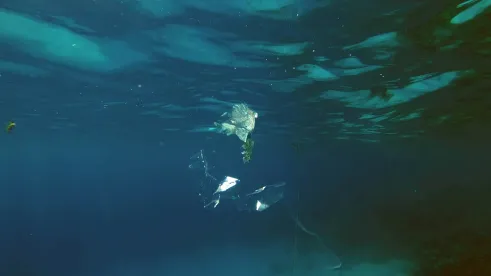The United States Supreme Court’s April 23 decision in County of Maui v. Hawai’i Wildlife Fund (https://www.supremecourt.gov/opinions/19pdf/18-260_i4dk.pdf) proves that legislating is best done by the Congress, not the Courts. The Court’s decision also tells us that the era of judicial deference to EPA that began in the mid-1980s seems to be coming to an end.
The Supreme Court was asked a yes or no question with huge ramifications for state authorities and millions of property owners: does a discharge to groundwater require a permit under the Federal Clean Water Act? The Supreme Court’s answer to this yes or no question is a muddled maybe, the Court concluding that EPA’s answer to the same question – an unequivocal “no” – was “neither persuasive, nor reasonable.”
More specifically, the Supreme Court’s holding is that a Federal permit is required when a discharge to groundwater is the “functional equivalent” of a discharge from a point source directly into a navigable water.
How are the millions of people responsible for discharges to groundwater, including the owners of every septic system in the United States, supposed to determine whether their particular discharge is the “functional equivalent of a direct discharge”?
Well, according to the Supreme Court, “many factors may be relevant” with “time [for the discharged pollutants to get to a navigable water]” and “distance” being “the most important in most cases.”
The Supreme Court offers us no more guidance on “functional equivalency,” instead looking forward to lower courts putting additional meat on the very brittle “functional equivalent” bone through decisions in future cases, months and years down the road.
In an apparent attempt to calm the millions who don’t currently have a Federal permit that the Federal Government has said they don’t need, the Court shares its expectation that “district judges will exercise their discretion mindful, as we are, of the complexities inherent in the context of indirect discharges through groundwater, so as to calibrate the Act’s penalties when, for example, a party could reasonably have thought that a permit was not required.”
The Court doesn’t tell us how “indirect dischargers” are to pay the staggering legal fees to get to the end of these future cases, nor does it explain how we can have come to a place where the Federal law is so “complex” that one can’t know whether the law applies to them without litigation.
While the Court suggests that EPA and the States might lend a helping hand through future regulations and general permits, given the Court’s lack of deference to Agency decision-making, one wonders why they would bother.
For over thirty years our Federal Courts, including the Supreme Court, have struggled to determine the scope of the Clean Water Act. The Maui case is the fourth time the Supreme Court has grappled with this question.
In the meantime, Republican and Democrat Presidential Administrations promulgate regulations expanding and contracting the scope of the Clean Water Act. These efforts invariably result in still more litigation and more uncertainty.
The only way out of this labyrinth is for Congress to answer the question once and for all. This will involve environmental activists getting less Clean Water Act coverage than they want and industry and municipalities settling for more coverage than they would prefer. But we all deserve the unambiguous answer to the question the Supreme Court refused to provide in Maui.




 />i
/>i
